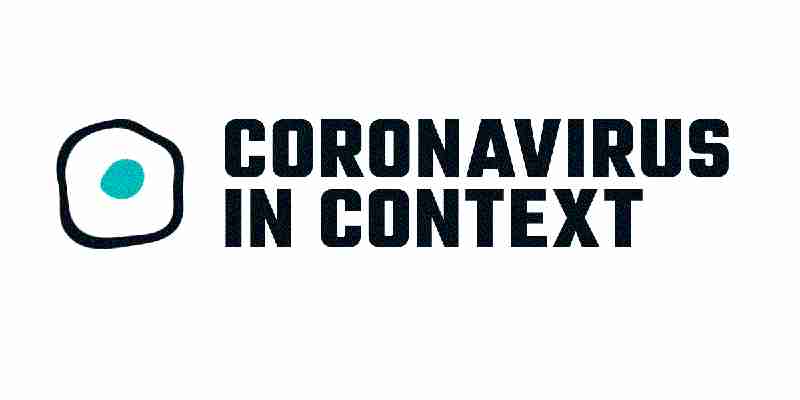AI isn’t going to save you from yourselves
by Miles Warren
January 13,2021
Coronavirus in Context is a weekly newsletter where we bring you facts that matter about the COVID-19 pandemic and the technology trying to stop its spread. You can subscribe here .

Hola pandemic pals,
I want to start this week’s newsletter off with some good news: The curve appears to be flattening !
That being said, we’re also at our most vulnerable point in the pandemic. How we respond over the next month will probably decide whether we get to stop social-distancing in 2020.
Medical experts overwhelmingly agree prematurely ending social distancing efforts would most likely lead to a second-wave pandemic. But most think we could pull through this by summer if we stay the course.
For those who believe the biggest threat we face from COVID-19 is economic and financial ruin on a global, local, and/or personal level: economic and financial experts overwhelmingly agree that a second wave pandemic would be catastrophic compared to waiting it out.
Then there’s those of you who believe that we should use technology to split the difference. You’re the ones who scare me the most.
The idea goes like this: We train AI to see COVID-19 symptoms and then use cameras to monitor public spaces. If someone’s tagged as having a fever, for example, the AI could send an alert to local first-responders so the threat could be removed from public. We install these cameras (or whatever other automated sensor we come up with) all over the place and, most importantly, at the entry and exit of every commercial, industrial, and government building on the planet.
On paper this seems like a safe, effective way to get us back to work without risking everyone’s lives. It’s a win-win right?
Not so much. Consider this: onboard the USS Theodore Roosevelt, a US Navy aircraft carrier recently ravaged by COVID-19, more than 60% of those who tested positive for the virus showed no symptoms .
The Theodore Roosevelt has a crew of 4,800, which makes this one of the largest populations to receive 100% testing for the coronavirus.
A two-in-three asymptomatic infection rate means there is no currently viable method by which AI, or any other current technology, can “scan” the general population for coronavirus.
Thermometers are not an effective way to screen for COVID-19.
Until we develop a vaccine, the only smart move is social-distancing. And we don’t need an artificially intelligent computer to tell us that.
But, if it’d make you feel better: MIT’s super-accurate AI also agrees that prematurely ending social-distancing would be catastrophic.
2,512,902 : Total infected world wide 173,420 : Total reported deaths (estimated mortality rate: 7%) ) 660,196 : Total reported recoveries (estimated recovery rate: 93% with 26% of all estimated cases currently considered fully recovered)
What to read | |||||||
| Alibaba and the WWE, and George Packer’s taking shots that US government | |||||||
|
